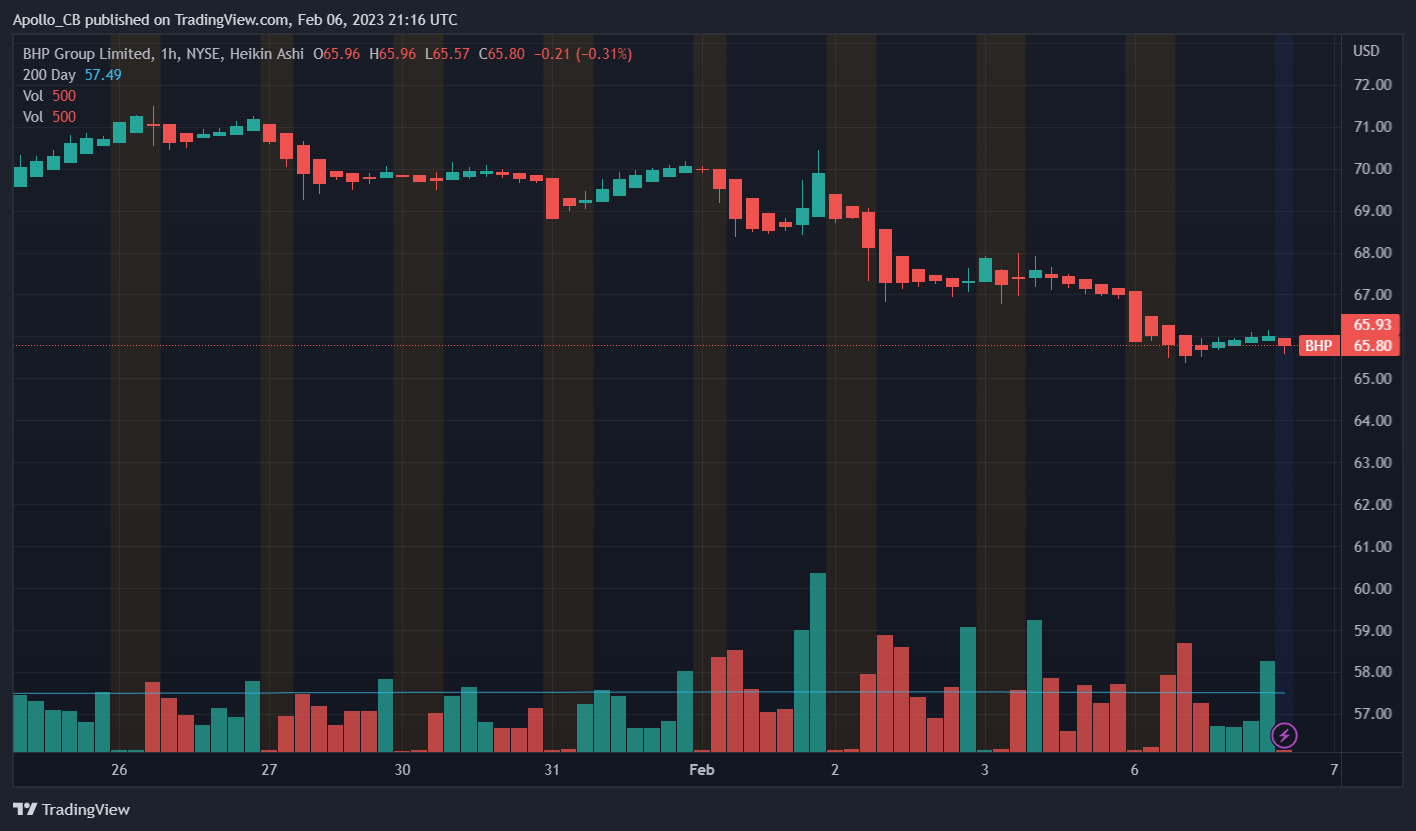This article explains what options are, how they are used by professionals, and what risks and benefits they present to investors.
Options Introduction
Options are generally used in two scenarios. The first is when you are bullish on the price action of an asset and want to add leverage to your bet. The second scenario is when you are bearish on the price action of an asset and want to make money as the asset price drops. Options are generally shorter-term trading tools, but they can also be purchased for long-term bets as well. Professionals use the second strategy to hedge their risk as well.
Imagine you own some shares of Microsoft, and it has performed well for you over the years. You do not want to sell your shares but you believe the price is going to drop because of a black swan event or other news. Rather than selling the shares, investors can buy options that make money when Microsoft shares drop in price. Options are a type of derivative asset, the price is derived from the price action of the underlying asset, in this example the Microsoft shares.
Options are paper contracts that essentially use the trading power of 100 shares of an asset. The two basic types of options are known as “calls” and “puts” [1]. Options utilize what is known as a strike price. When purchasing options, investors will pick an expiration date, as well as a strike price. The strike is the dollar amount of the shares an investor is betting on. You do not need to hit the strike price to make money. Calls give investors the right to buy 100 shares at the said strike price if the call option has hit the given strike price.
Put contracts give investors the right to sell 100 shares of a given asset if the strike price was hit to the downward direction. When purchasing an option, investors will notice that the shorter-term options are very volatile. While we are not financial advisors, we highly recommend against buying any options that expire the same week they are purchased. Options tend to provide great returns on the 1-3 month time frame, and with a strike within 15-25% of the current asset price.

Options add Leverage
Since options have the trading power of 100 shares, they are far more risky than holding assets directly. Options can easily go to zero if you bet incorrectly on the direction of an asset’s price action. I personally stick with two types of options. Calls/puts that are 30-60 days out, within 20% of the strike price of the asset, and calls that are 100-200 days out within 30% of the strike price.
A great example of the latter is an options trade I use with the stock BHP. BHP is a metals/mineral mining, processing, and sales (of the metals/minerals) company. I like the stock because it is different than my tech investments, it is seen as a relatively safe investment, and it has coal exposure which I am short-term bullish on. BHP carries a rather large dividend as well which is over 10%.
The technique I use with BHP is known as a covered call. Covered calls are when an investor buys call contracts of an asset they already own. Covered calls allow investors to add fuel to their bullishness on an asset they hold. BHP performed well for me last year, and I wanted to bet on the stock continuing to perform long term.
When BHP finally dipped to 65$ a share today, I purchased calls that expire on August 18th, with a strike price of 75$. Since this expires in almost 200 days, this is a long term call option that will add leverage to my thesis on BHP stock. If I am correct, just one contract will net me far more than buying a few shares on the 65$ dip. If I am wrong, since the contract expires so far away, the contract price will fall slowly, therefore it is much safer. Options prices are effected by a variety of things including volatility, and how close the option is to expiration.
While BHP closed at -1.52% for the day, the option yield closed at +6% since the order was luckily near the daily bottom of 65.38$ per share. These contracts will allow me to either buy 100 shares at 75$ if my strike price is hit, or I can sell the contract for far more money than I bought it for in the future. If BHP continues to grind upward the price of the stock may be in the 80$ range in 200 days, I would save 5$ per share if I chose to utilize the contract.
There are many other strategies professionals use which combine a variety of different types of contracts simultaneously. I personally like to keep it simple with basic calls/puts on my directional bets. I generally only buy options on assets I already own, unless I am predicting a major FUD event on the horizon. I also sometimes buy calls on assets that are in the same sector of another asset I own. For example I own c3.ai shares, but bought Matterport calls since I saw the artificial intelligence sector was gaining traction.
As always please remember this is not financial advice. We like to stay as transparent as possible with which assets we own or are excited about. There is a lot more to options but we will leave that to the professionals. Stay safe out there, and we hope you were able to capture some of the Ai hype during the month of January. For an article on c3.ai check it out [here].
















